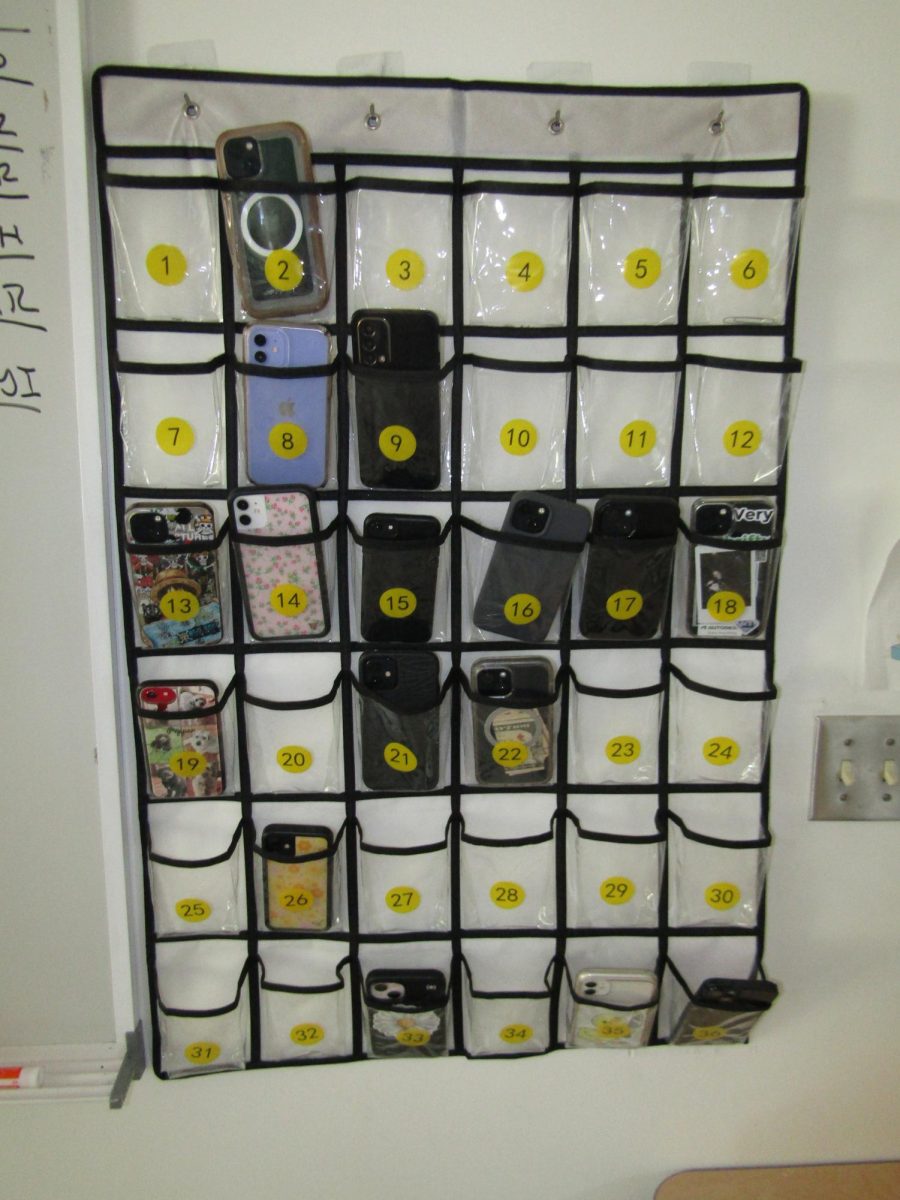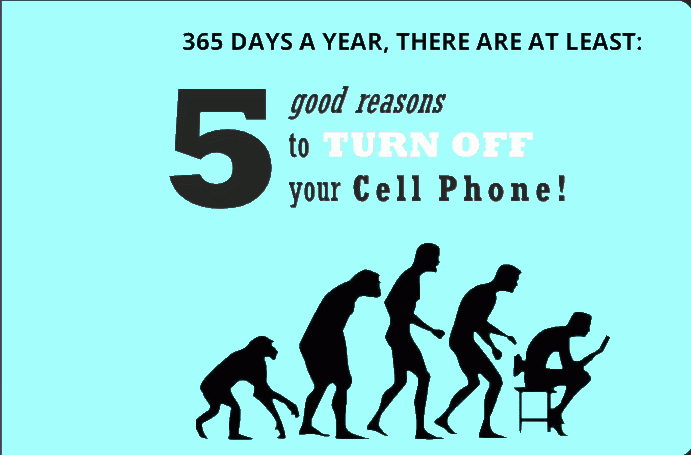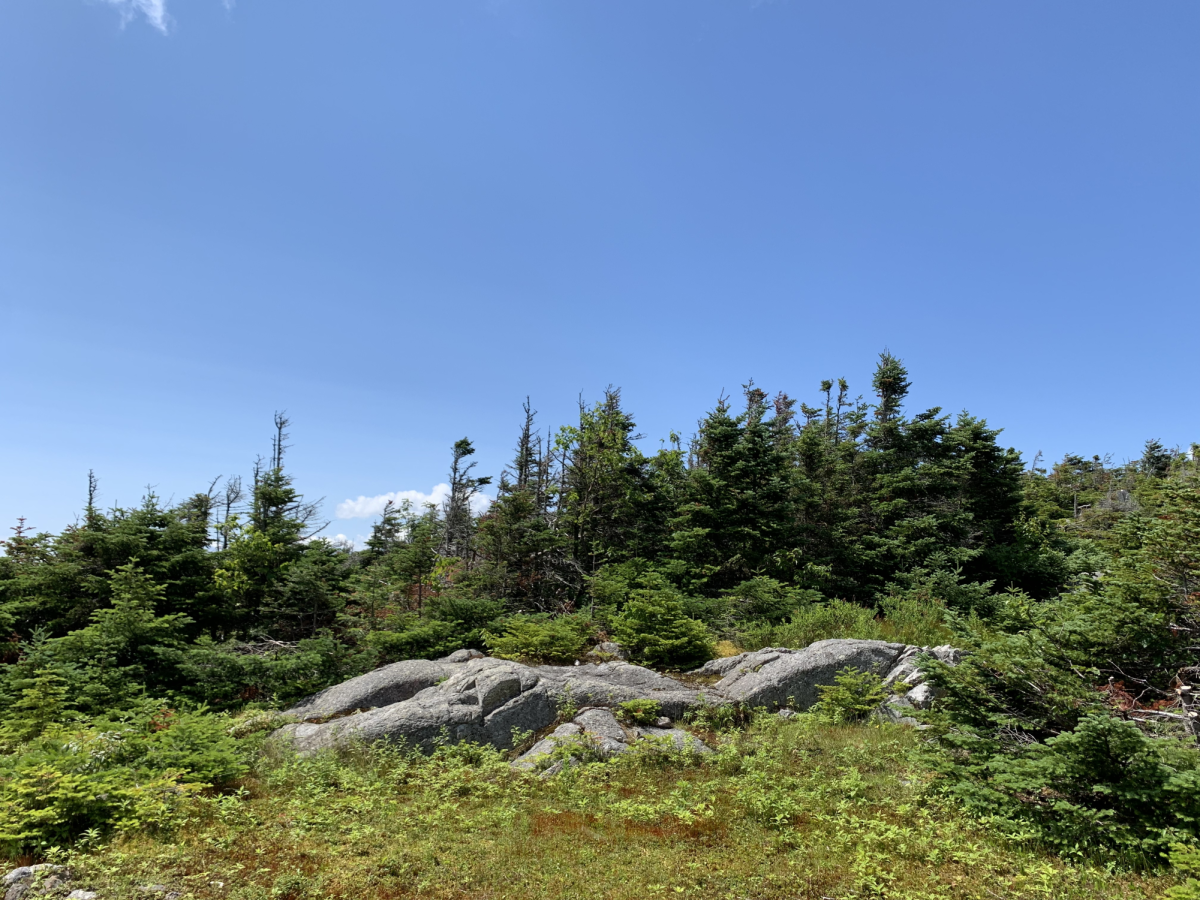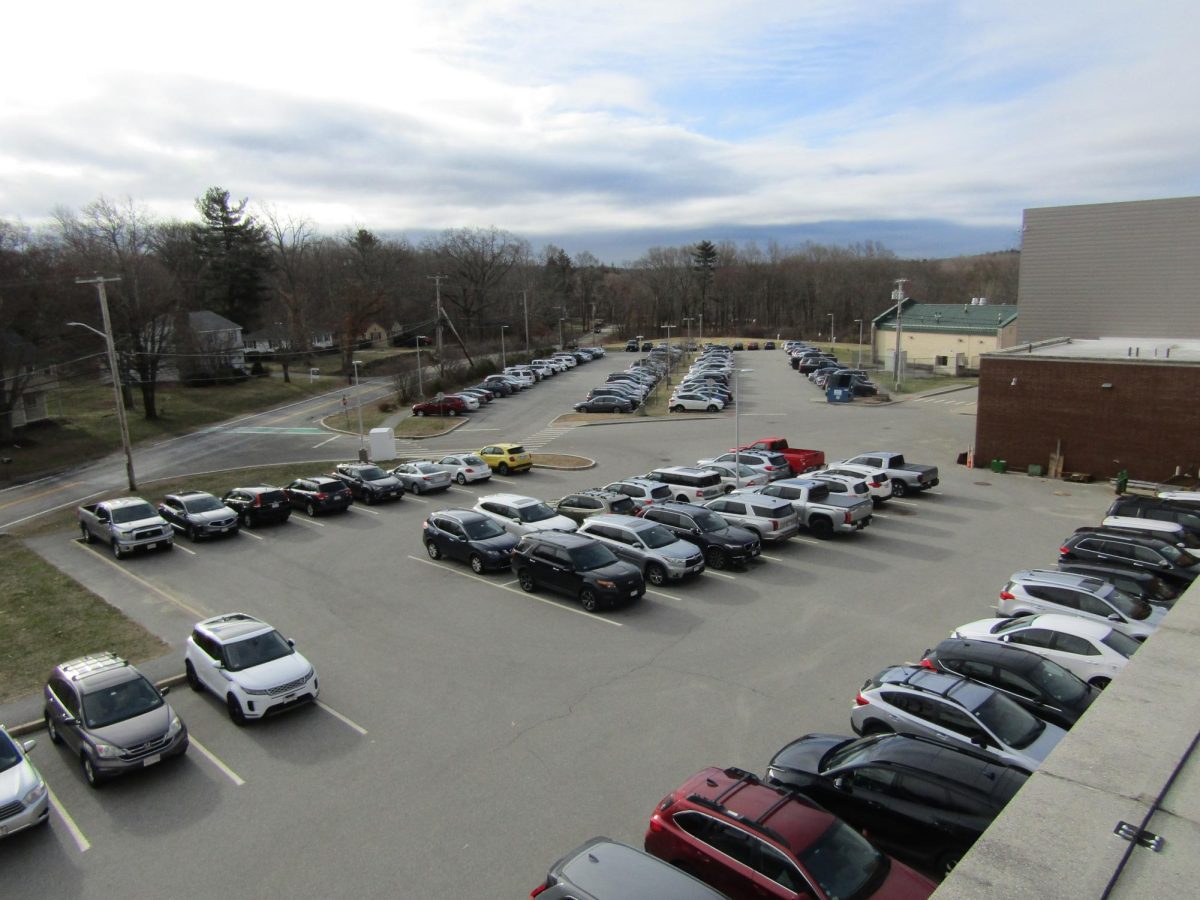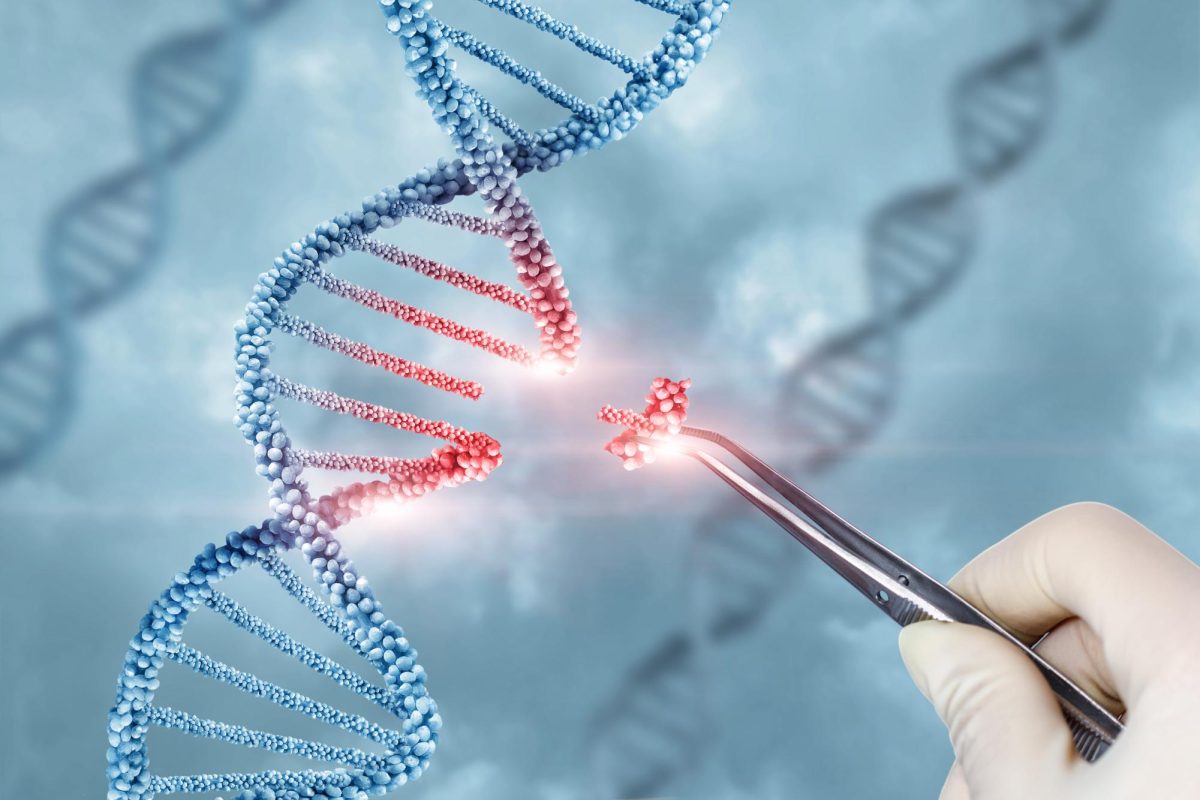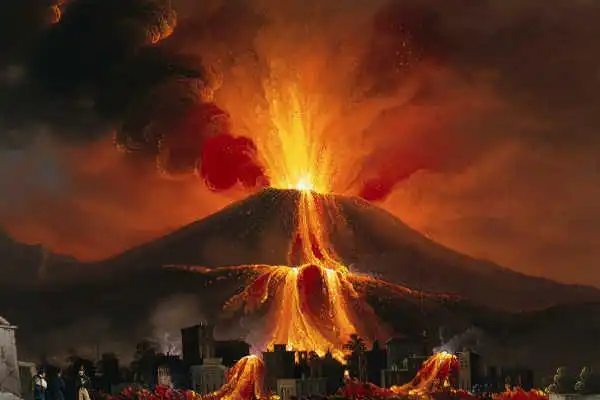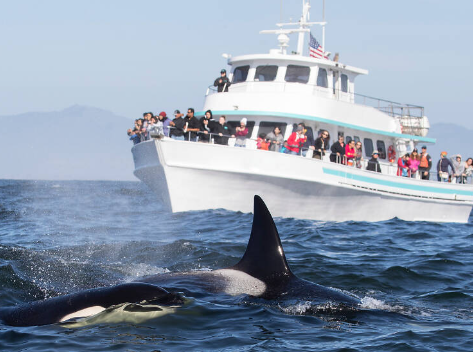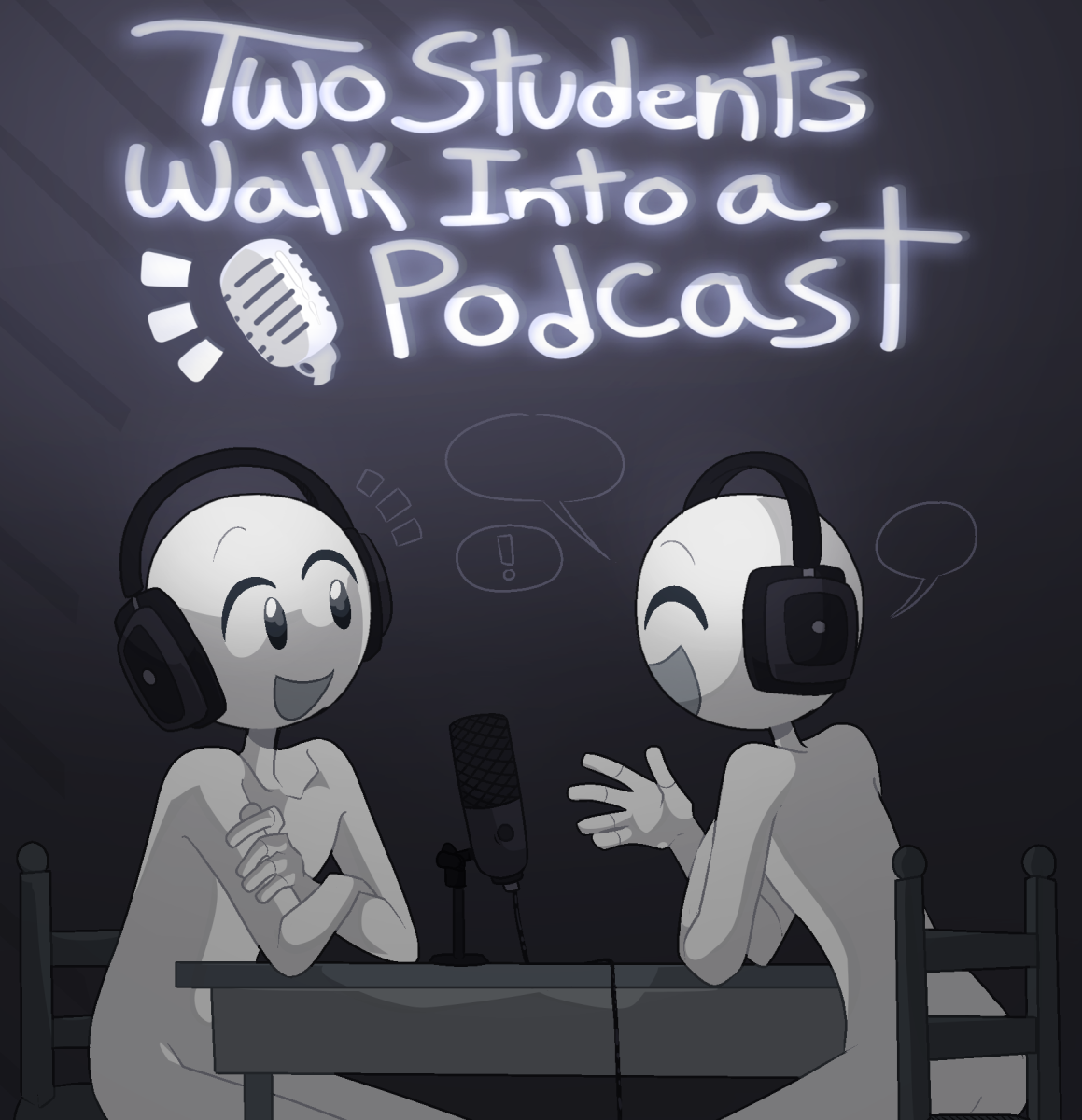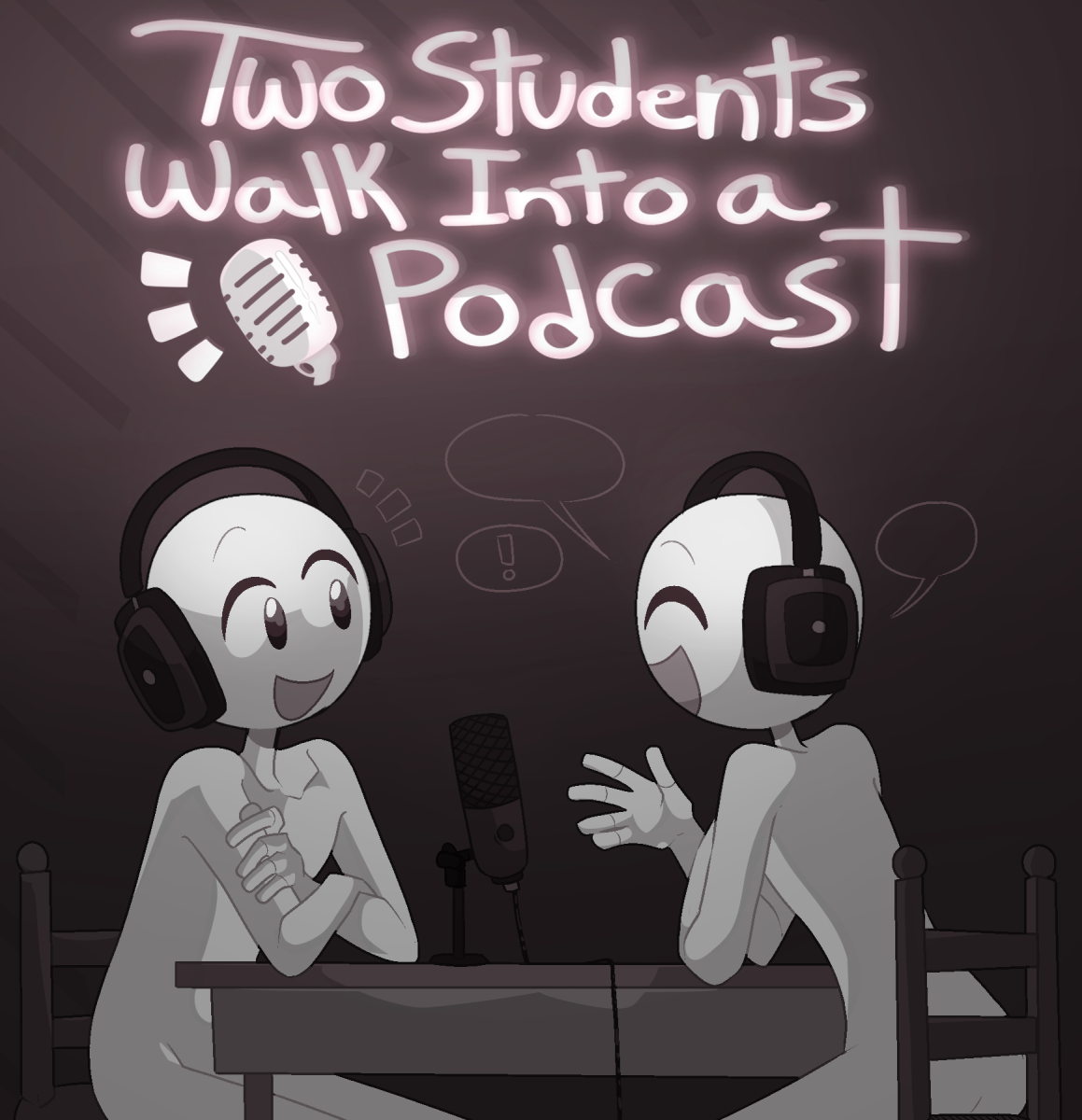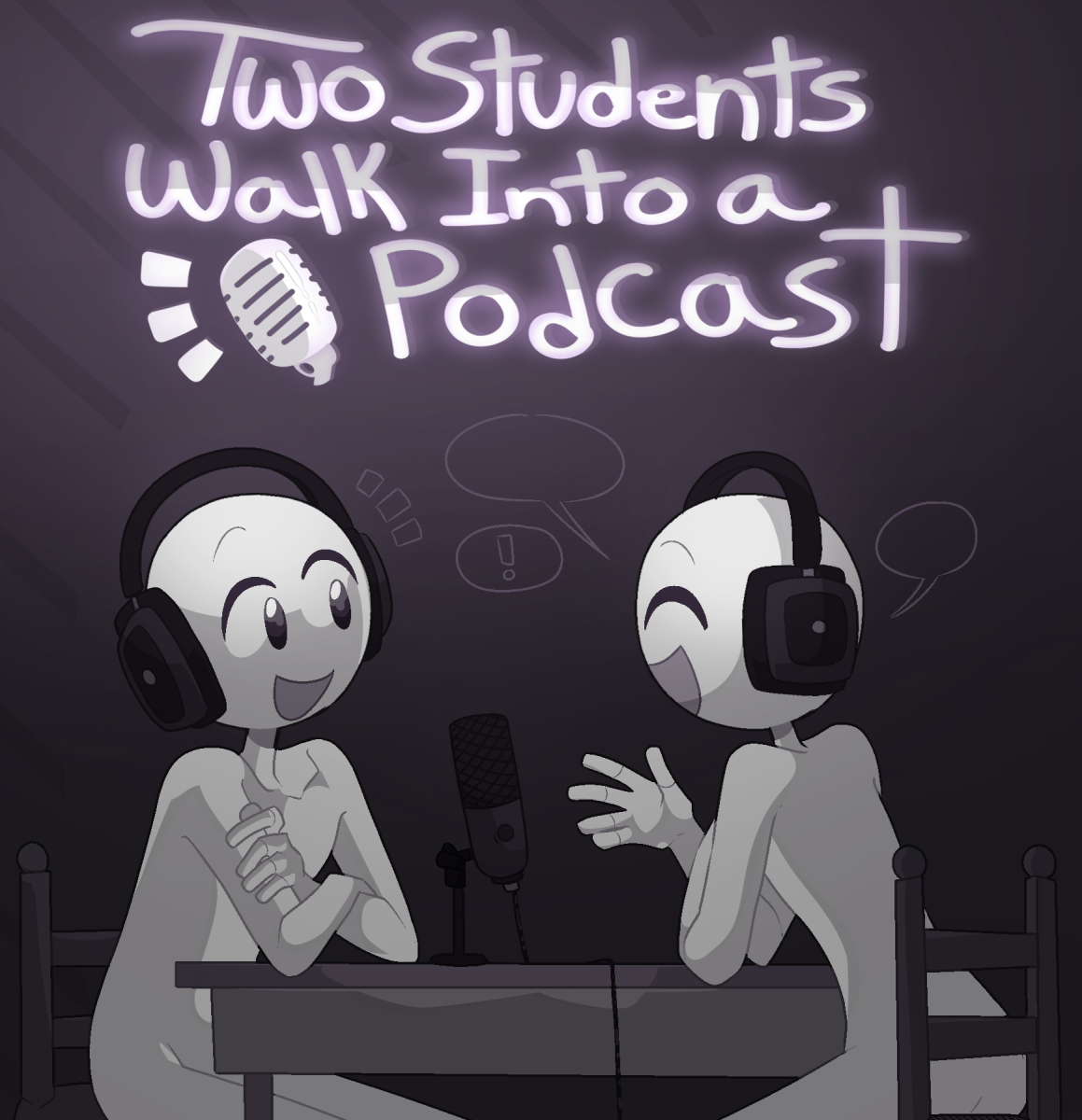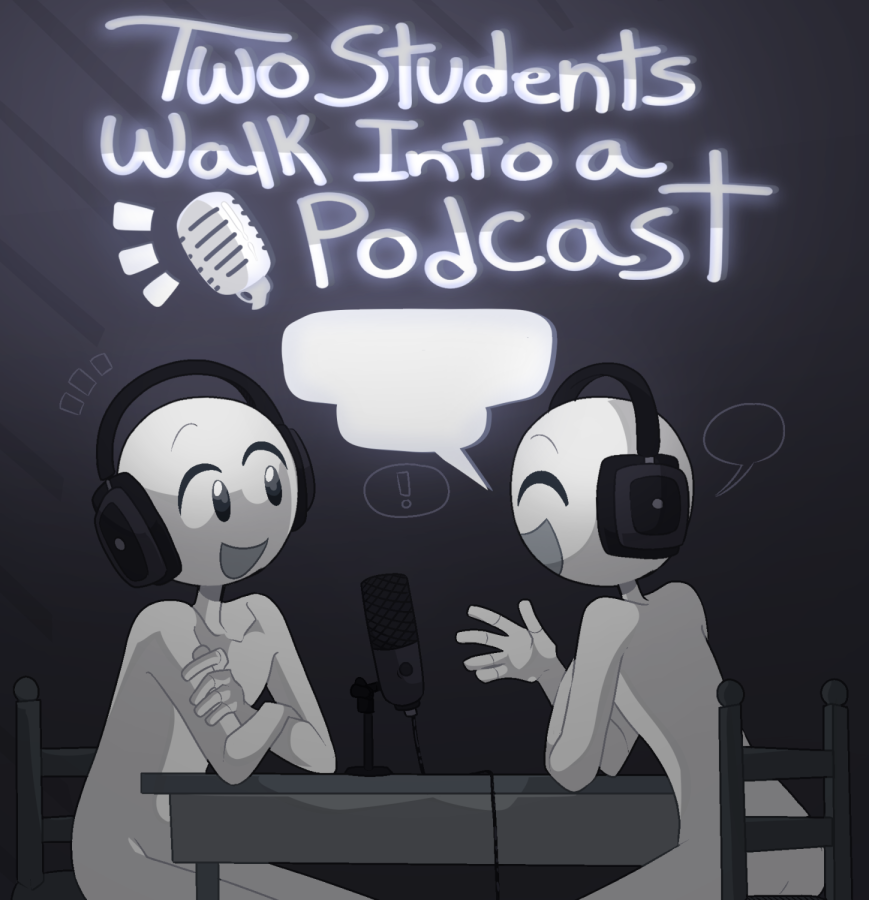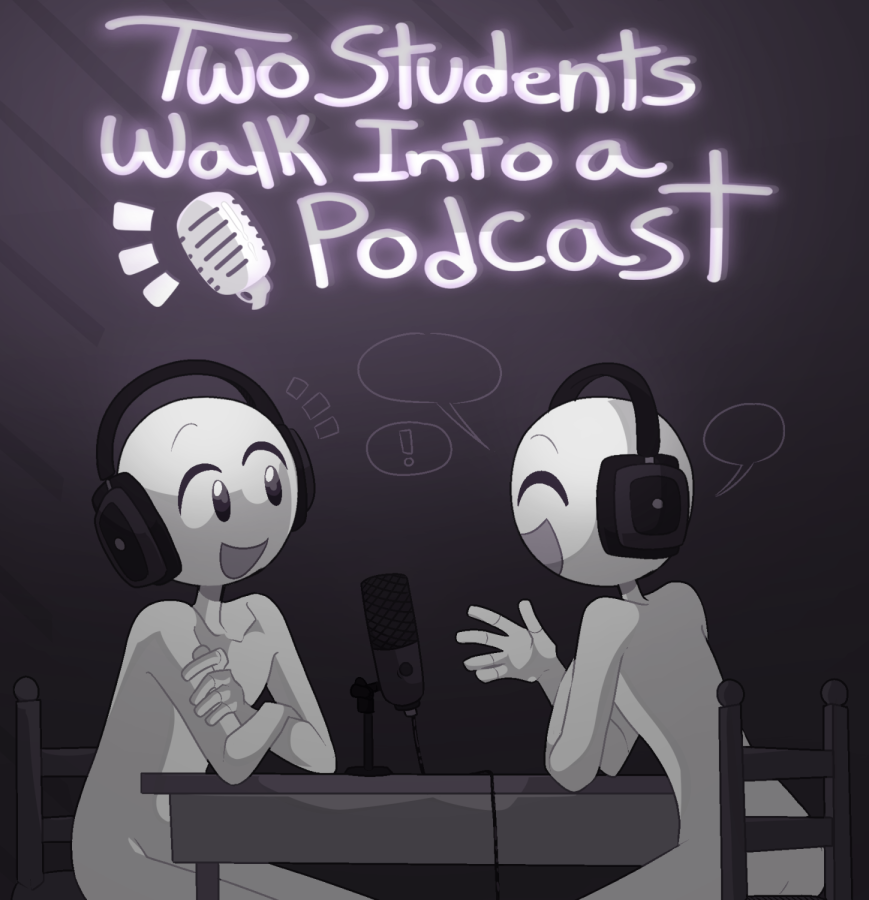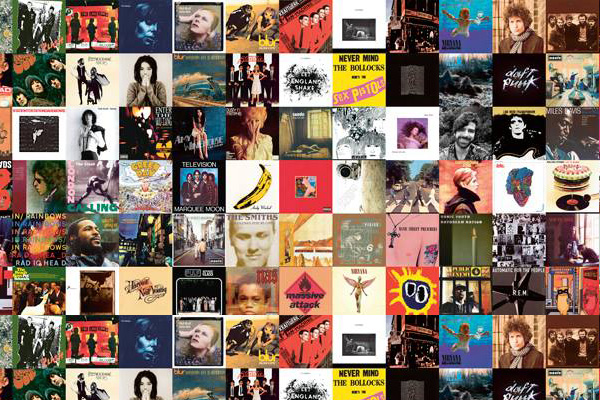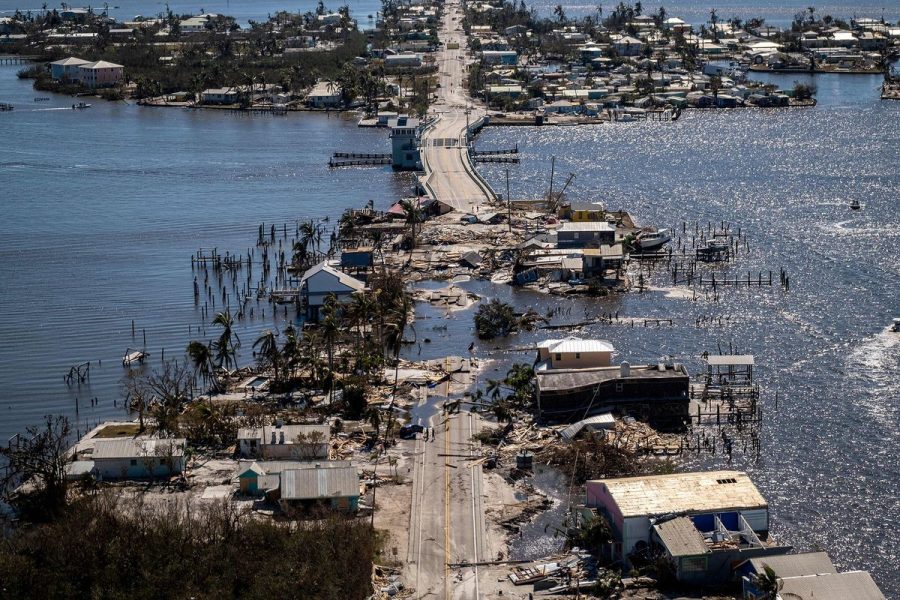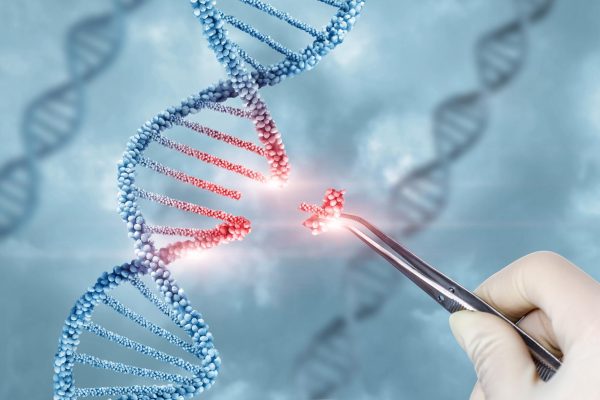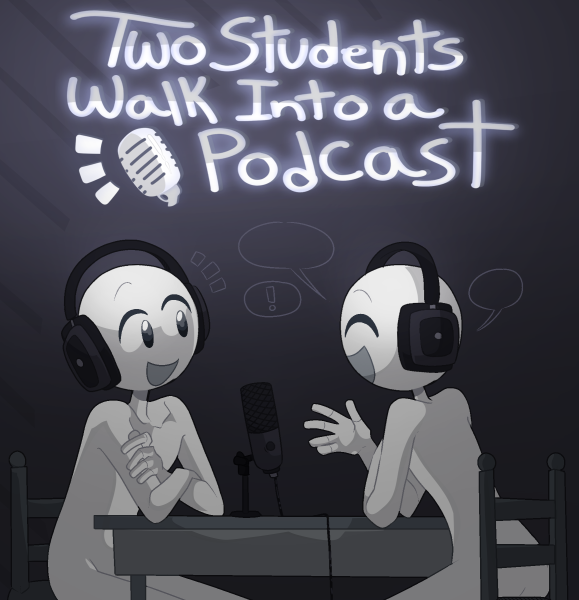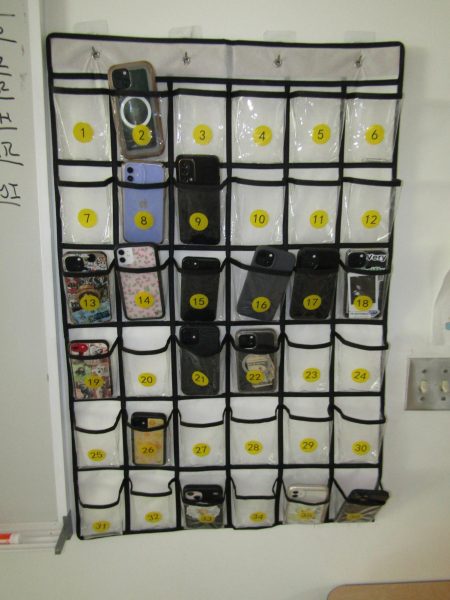Hurricane Ian
What damage has Ian done?
Some of the devastating destruction done by the hurricane and flooding.
October 12, 2022
Hurricane Ian is one of the most devastating hurricanes to hit the U.S. Hurricane Ian hit Cuba and Florida very hard. This is the ninth hurricane/tropical storm this year.
What is a hurricane? And what is the difference between a hurricane and a tropical storm?
According to policygenius.com, a hurricane is a large tropical cyclone rotating with high wind speeds that forms over warm waters in tropical areas. The difference between a tropical storm and a hurricane is their ability to sustain certain wind speeds. A tropical storm has wind speeds from 39 to 73 mph and a hurricane is a tropical storm with wind speeds from 74 mph and faster.
Hurricanes come in categories from one to five, one being the least severe and five being the most severe. The categories are determined by the wind speed of the hurricane. A category one hurricane has wind speed from 74 to 95 mph. Within this category you can expect dangerous winds and some damage. Category two is from 96 to 110 mph and you can expect extremely dangerous winds and extensive damage.
For a hurricane to become a category three it needs to have wind speeds between 111 and 129 mph. Within this category there will be devastating damage. A category four hurricane has wind traveling at 130 to 156 mph. Finally a category five has wind speeds from 157 mph or higher.
For category fours and fives you can expect catastrophic damage to occur. For it to be considered a major hurricane it needs to be above category three, according to the National Hurricane Center.
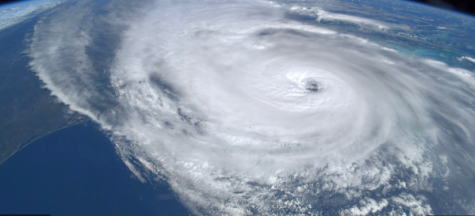
We are currently in the Atlantic Hurricane season. The season lasts from June 1st to November 30th. The peak of the season is on September 10th, but most of the activity happens from mid-August to mid-October.
Ian hit Cuba on Monday the 26th of September. It was a category three when it reached land with winds exceeding 125 mph. There were massive floods and huge waves which destroyed many homes, buildings and many other things. At least two people lost their lives and many people have been left without homes. Ian left almost all of Cuba without power. Luckily the power was slowly returned a few days later.
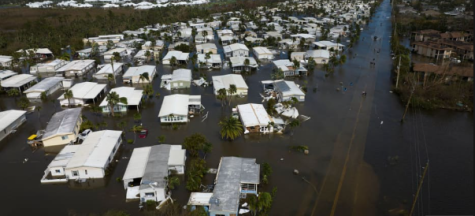
Ian hit southwest Florida on Wednesday. It was nearly a category five when it hit land. It hit Naples and many towns west of Fort Myers and south of Tampa. There was an extreme flood and thousands of homes/businesses were left without power. Many homes were destroyed or flooded. Sadly, at least 76 people lost their lives during the storm and the number is continuing to rise as of October 3rd, according to aumag.net. Later Ian downgraded to a tropical storm, after hitting Florida hard.
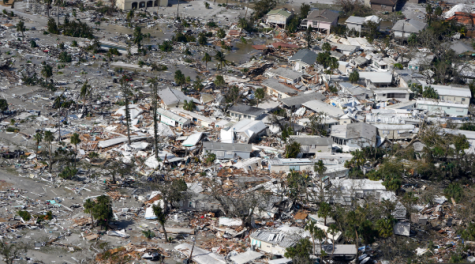
Ian was not done, though. It picked back up and hit South Carolina, as category one, on Friday the 30th. According to npr.org, it caused heavy rains, strong winds and floods to places along the coast. Luckily, it was not nearly as bad as what Cuba and Florida experienced.
On October first, in Florida, more than 1,000 people had been rescued. 42,000 linemen are working around the clock to try to restore power to peoples homes and businesses. At the peak of the storm 59 school districts were closed. Hopefully, Everyone will make a full recovery from this devastating hurricane.
When a disaster like this strikes it is very hard on many people physically, mentally and financially. It is very expansive to repair broken buildings, streets, homes, and any other things that might have been broken in the storm. You can donate to the Florida Disaster Fund. The donations go to organizations that help communities in Florida recover from disasters. Every dollar can make a difference.


